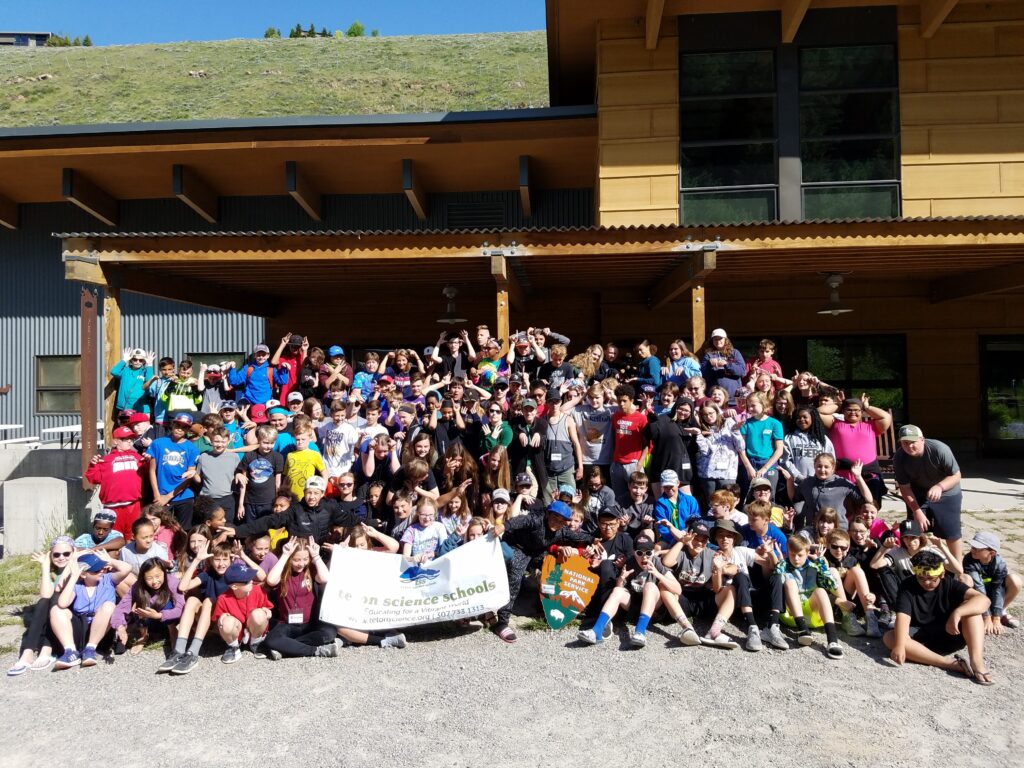Editor’s Note: It’s summer again, and we’re kicking the season off with three weeks of Field Education with students from the Columbia, Missouri Public School District. To celebrate, we’re re-running an interview we published last summer between Teton Science Schools’ Senior Director of Marketing and Communications Nick Delmolino and Mike Szydlowski, Science Coordinator for the Columbia School District. This is Mike’s tenth year facilitating and managing trips for schools form Missouri with Teton Science Schools’ Field Education program; over the past nine years, Mike has brought over 1,750 students to TSS. Mike is a long-time partner – and one of our all-time favorite chaperones – and we’re delighted to highlight his perspective on TSS, the impact that his coordination and leadership has on hundreds of students every year, and his boundless energy for all things science. Thank you, Mike, for your partnership and dedication.
Nick: Where did you grow up?
Mike: In St. Louis. I went to University of Missouri in Columbia. Then I became a chemistry and forensic science high school teacher. I did that for six years and then moved into a coordinator job.
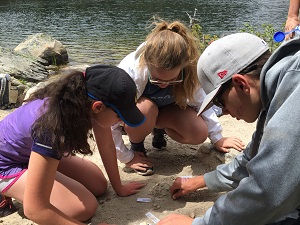 N: What inspired you to become an educator?
N: What inspired you to become an educator?
M: I knew I always loved the outdoors. I always loved meteorology, yet the science classes [I took] had a lot of worksheets. I just wanted to motivate students to enjoy science. My focus was definitely on the outdoors, whether it be weather or geology. I’ve never looked back.
N: Who would you say your mentor or role model is in education?
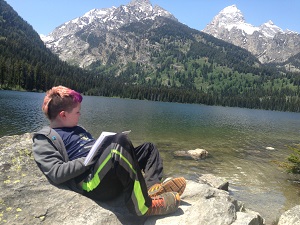 M: I have more role model programs. TSS is definitely one of them. The Great Smokey Mountain Institute [at Tremont] is one of them. I think the programs I like are the outdoor education courses. These are my role model programs, which I try to emulate a little bit.
M: I have more role model programs. TSS is definitely one of them. The Great Smokey Mountain Institute [at Tremont] is one of them. I think the programs I like are the outdoor education courses. These are my role model programs, which I try to emulate a little bit.
N: When you’re looking for science curricula and inspiration, what do you follow, subscribe to, and read on a regular basis?
M: I really follow the stuff that comes out of the National Science Teachers Association. I’m always reading up on one of the problems I think we have in all education, not just science: engagement. I see out here the kids get so engaged. The teachers get so engaged – then I see a science class back home, and they’re doing packets [again]. 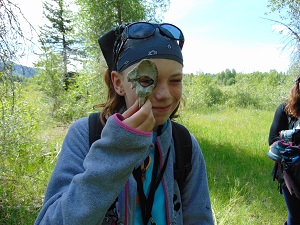 Or they’ll do fewer labs because [the teachers] don’t think [the students] can handle it. But the labs are what get them involved! Paige Keely is one author through NSTA; she’s written formative assessments, just one question each, that test students’ misconceptions. We just gave one to our fifth grade, and [found out that] about 30% of the students thought that the moon had its own source of light!
Or they’ll do fewer labs because [the teachers] don’t think [the students] can handle it. But the labs are what get them involved! Paige Keely is one author through NSTA; she’s written formative assessments, just one question each, that test students’ misconceptions. We just gave one to our fifth grade, and [found out that] about 30% of the students thought that the moon had its own source of light!
N: How did you first hear about TSS?
M: I went to a conference and ran into somebody from the Parkway School District in the St. Louis area. They said that they go, and I just thought it sounded so cool. My wife and family, we took a trip up here [to the Tetons] to see it, and they gave us a tour.
 N: So this is your ninth year bringing students to TSS?
N: So this is your ninth year bringing students to TSS?
M: Yes, and it’s the twenty-fifth trip of some kind. [Mike has been coordinating and attending three TSS trips per year for many years.] It never gets old. I learn something new every trip.
N: How do you recruit middle- and high-school students to come on the TSS trips?
M: We start early, around Labor Day. We do that so I have about two months off between now [the end of the previous year’s trip] and then to prep. We make slideshows from the past year to show in every science class. My job is to run this as a no profit, no loss trip so it’s sustainable. We greatly increased our scholarships this year, from 10 to 15 students up to 54. We say to kids, “Look, we don’t want anybody not going because of money. We’ll figure out a way.” We’re a small enough district that this has almost become a rite of passage for many families.
N: You’ve changed the regular schedule this year to do field research with the students. Can you elaborate?
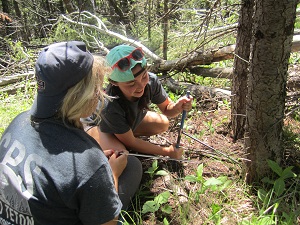 M: It was incredible! The kids loved it. It was authentic. It taught us, “Wow, we can do this.” I thought it would be kind of boring, but it was incredible. We did one week of guided research, tree coring. [We did another week in which students] could choose something that they wanted to research. The visuals they come up with at the end, graphs and analysis, were done with very little in terms of directions. I took pictures [of the students’ final research presentations] to send back home and say, “Look! Here’s what they can do when they’re really engaged.”
M: It was incredible! The kids loved it. It was authentic. It taught us, “Wow, we can do this.” I thought it would be kind of boring, but it was incredible. We did one week of guided research, tree coring. [We did another week in which students] could choose something that they wanted to research. The visuals they come up with at the end, graphs and analysis, were done with very little in terms of directions. I took pictures [of the students’ final research presentations] to send back home and say, “Look! Here’s what they can do when they’re really engaged.”
N: Why do you think it’s worth loading hundreds of students onto buses for multiple weeks? What are the top three benefits of this experience?
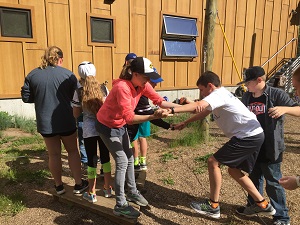 M: First, it’s seeing the students’ reactions when they’re here. I think every year it gets more important. When I was young, I was outside. That doesn’t happen anymore; it’s video games, and kids don’t want to be outside. There are too many bugs, or it’s too hot. When I see them come here, they’re just so excited about it. A few are homesick, but 95% of them have an absolutely amazing time. Their favorite parts are always the outdoors and wanting to be out there. They have never experienced it [before their trip to TSS.] We have one girl . . . this will be her fourth year in a row!
M: First, it’s seeing the students’ reactions when they’re here. I think every year it gets more important. When I was young, I was outside. That doesn’t happen anymore; it’s video games, and kids don’t want to be outside. There are too many bugs, or it’s too hot. When I see them come here, they’re just so excited about it. A few are homesick, but 95% of them have an absolutely amazing time. Their favorite parts are always the outdoors and wanting to be out there. They have never experienced it [before their trip to TSS.] We have one girl . . . this will be her fourth year in a row!
Second, from a teacher perspective, I think the teachers change when they go back [to school], too. We have three hundred and something kids here [on the trip], but there are still hundreds back there [in Columbia]. I want [the teachers] to change, to see how engaged the kids are here and transfer that back home.
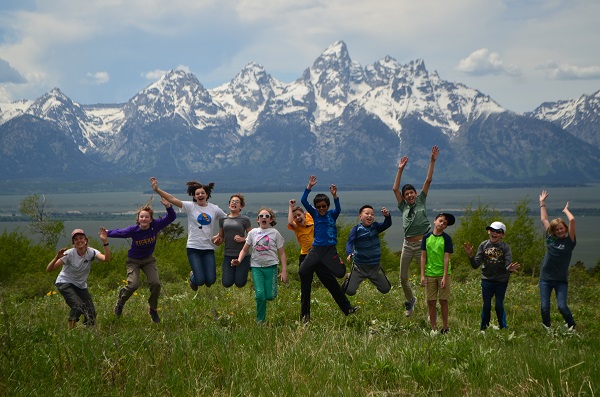
Finally, if you look anywhere, the problems we’re having are environmental. Whether it’s [global] warming or energy or water. But we don’t teach enough environmental science. It still seems that we’re stuck in the old ages of biology, chemistry, and physics; environmental science is just an elective. I think that’s so backwards, because every problem right now is environmental. [Today’s students] are going to have to make some hard choices. Hopefully, [with this trip], we get a few to go the right direction.
This trip is 50% science and 50% independence and leadership. [Parents] say over and over that their kids are different when they come home.

